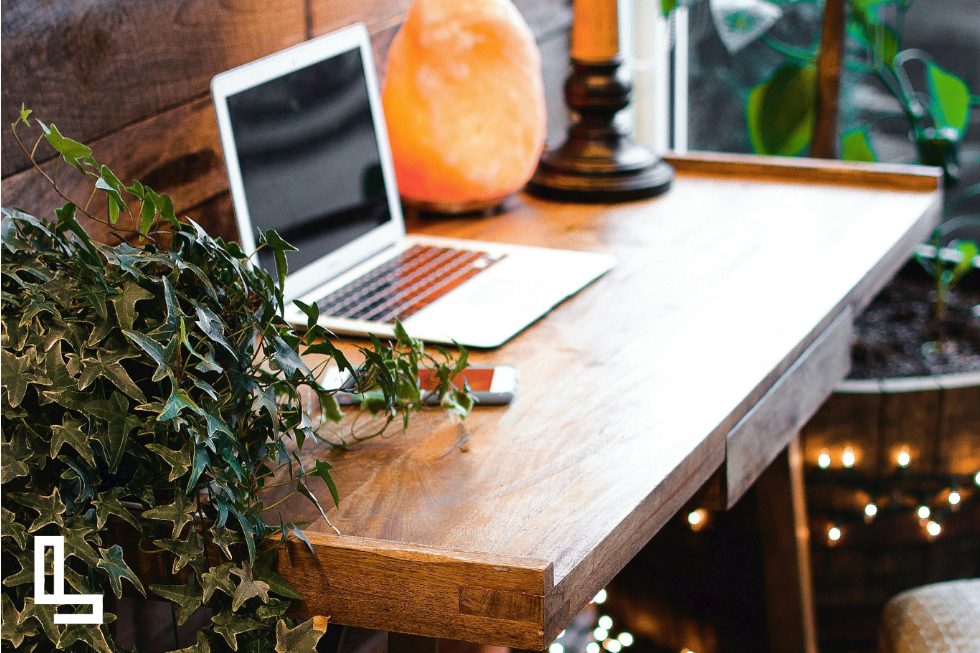Building Design Workflows That Actually Support Your Creativity
This ratio is completely backwards. You didn’t endure years of design school to become a software troubleshooter. You didn’t develop your aesthetic vision to spend it buried in technical problems. Yet here we are, creative professionals trapped in workflows that actively fight against creativity.
The irony is painful. We have more powerful design tools than ever before, but we’re less creative than ever because we’re too busy managing those tools. The software that should liberate our creativity has become a cage of technical requirements, update cycles, and coordination nightmares.

Philosophy
The Philosophy That Changes Everything
This isn’t about becoming a technical expert at the expense of creativity. It’s about reaching a level of technical fluency where the tools disappear and the design emerges. Like a pianist who no longer thinks about finger placement, or a writer who no longer searches for keys, technical mastery becomes invisible, automatic, freeing your mind for what matters.
Building Your Foundation
Understanding both basic and advanced toolbars in your BIM workflow isn’t about memorizing buttons. It’s about understanding the logic of how design software thinks. When you grasp the underlying structure, the why behind the interface, you stop fighting the software and start dancing with it.
Take Revit’s seemingly overwhelming interface. Most designers use maybe 20% of available tools because they’ve never understood how the pieces connect. They know individual commands but miss the relationships between them. Understanding the workspace properly means recognizing that every tool has a purpose in the larger workflow ecosystem. The basic modeling tools aren’t separate from the advanced documentation features, they’re part of the same integrated system.
This foundation knowledge transforms how you approach design. Instead of wondering which tool to use, you instinctively reach for the right one. Instead of working around software limitations, you leverage software capabilities. Instead of linear workflows where one task follows another, you develop fluid processes where design, documentation, and visualization happen simultaneously.
From Simple to Complex, Same System
The power of proper workflow design becomes clear when you see how a residential project setup scales effortlessly to multifamily complexes. Start with a single-family home. Set up your walls with proper parameters, your windows with manufacturer information, your rooms with finish schedules. This isn’t busywork, it’s building intelligence into your model.
Now duplicate that unit for a duplex. The intelligence multiplies. The finish schedules aggregate automatically. The window schedules expand without manual counting. The material quantities calculate themselves. What would have been hours of manual coordination happens instantly.
Scale it again to a 20-unit multifamily building. Same process, exponentially more powerful results. The workflows you established for one unit now manage twenty. The design presentation techniques you developed for simple projects work perfectly for complex ones. You’re not learning new processes for bigger projects, you’re leveraging the same system at different scales.
This scalability changes how you approach design. When you trust your technical process can handle any project size, you stop holding back. Bold design moves become possible because you know your workflow won’t break trying to execute them. Complex facade systems aren’t intimidating when your model can actually document them properly. Innovative spatial arrangements move from sketch to reality because your system can visualize them without starting from scratch. You stop designing within the limits of your software and start pushing boundaries again.

Creative Freedom Through Systematic Rendering
Technical mastery liberates creativity when rendering becomes effortless. Producing seasonal variations and moving images without starting from scratch means you can actually explore how your design lives through time. See how spring light fills those interiors differently than winter sun. Watch summer shadows play across your facade. Test your material palette against autumn colors. Understand how snow accumulation affects your roof lines. These aren’t just pretty pictures for presentations, they’re design tools that help you understand what you’re really creating.
Most designers never explore these variations because each one would mean starting from scratch in their visualization software. But when your 3D modeling workflow includes proper scene management and effects templates, seasonal variations become a creative tool rather than a technical burden. You’re not just showing different times of year, you’re understanding how your design lives through time.
The Vision of Template-Driven Design
Every project could start with templates that already know how you work. Wall types ready to go but easy to modify. Materials organized in a way that makes sense but room to add more. Views set up for your typical deliverables but flexible enough for unique requirements. These aren’t rigid constraints that force every project into the same box. They’re flexible frameworks that handle the repetitive technical setup, so you can jump straight into what makes each project special.
This isn’t about cookie-cutter design. It’s about not reinventing technical wheels so you can innovate where it matters. When you don’t have to reconfigure render settings for every project, you can spend that time exploring lighting moods. When you don’t have to rebuild material libraries from scratch, you can experiment with new combinations. When you don’t have to set up documentation standards repeatedly, you can focus on what makes this project unique.
Templates for future projects become a repository of accumulated knowledge. Every project teaches you something, and good templates capture those lessons. That perfect camera angle you discovered? Saved. That material combination clients loved? Preserved. That documentation approach that saved hours? Built in. Your templates become smarter, your process becomes smoother, and your creativity gets more room to breathe.

When Technical Mastery Becomes Invisible
The ultimate goal isn’t to become a software expert. It’s to reach a point where technical execution becomes so automatic that it disappears. Like driving a familiar route while your mind solves design problems, or typing while thinking about what to write rather than where keys are located, technical mastery should be invisible.
When you reach this level, creativity doesn’t fight against technical constraints; it flows through technical capabilities. You’re not thinking about how to model something, you’re thinking about what to model. You’re not worried about how to document an idea, you’re exploring whether the idea works. You’re not stressed about producing visualizations, you’re using them to understand your design better.
This is when architecture becomes joy again. When design feels like play rather than work. When Monday morning means new possibilities rather than technical problems. When your software supports your creativity rather than constraining it.
Reclaim your Creative Practice
If you’re spending more time fighting software than designing spaces, if technical limitations are dulling your creative edge, if you dream about design but wake up to documentation problems, it’s time to fix the foundation.
The Design, Document, and Render Course teaches you exactly how to build workflows that support rather than suppress your creativity. You’ll master the technical fundamentals that make everything else possible, build scalable systems that grow with your practice, and develop the kind of automatic technical fluency that frees your mind for design.
[Join the Design, Document, and Render Course]
Stop letting technical chaos consume your creative energy. Stop accepting that design software has to be difficult. Stop believing that efficiency and creativity are opposing forces.
When your workflows actually support your creativity, when technical mastery becomes automatic, when your tools serve your vision rather than limiting it, you remember why you became a designer in the first place. The joy returns. The innovation flows. The design sings.
Your creativity is waiting. It’s time to set it free.
Ready to master the workflow that frees your creativity? The Design, Document, and Render Course shows you exactly how to build technical foundations that support innovative design. Stop fighting your tools. Start creating your best work.


0 Comments